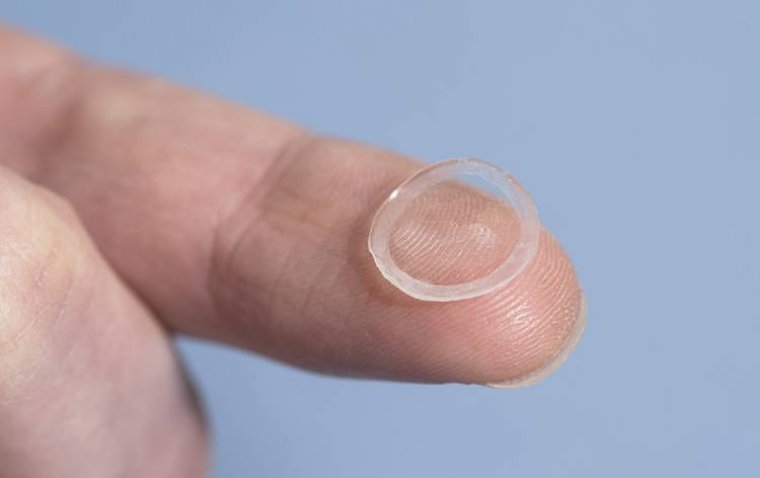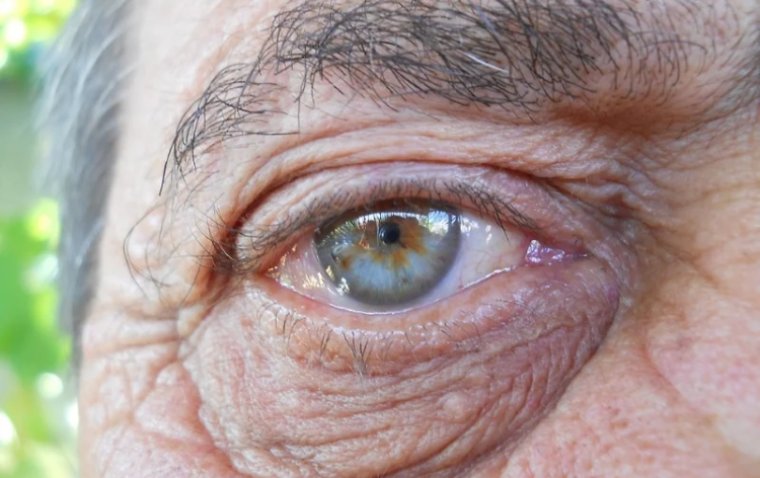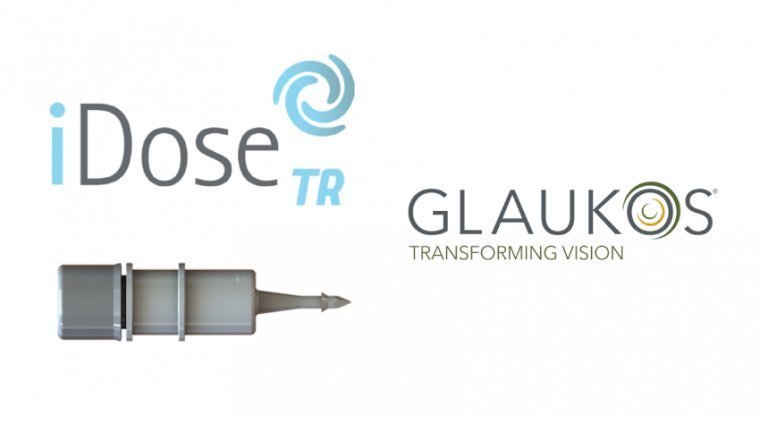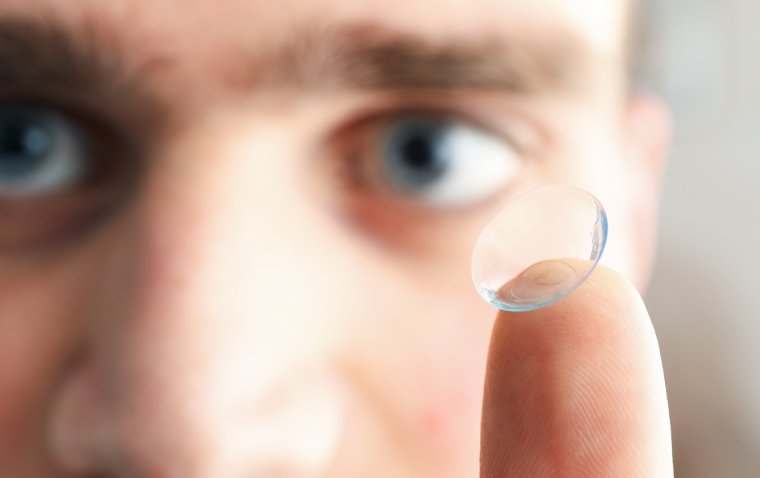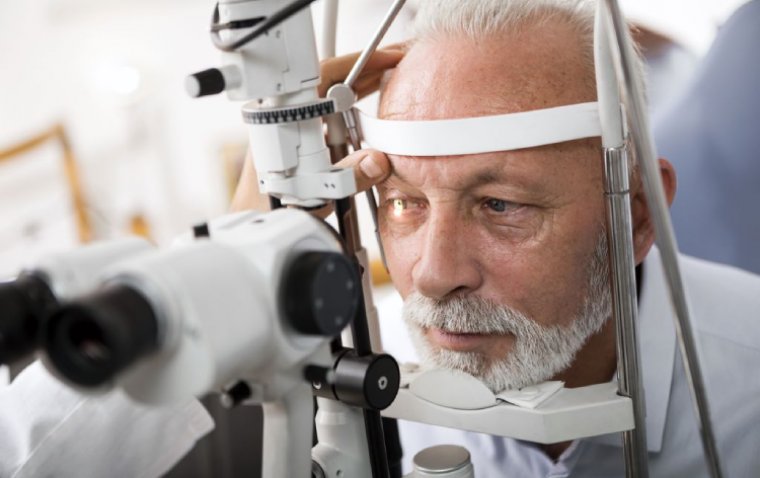
Researchers Develop Glaucoma Cell Replacement Therapy to Reverse Vision Loss
Glaucoma, a leading global cause of blindness, results in irreversible vision loss due to the depletion of retinal ganglion cells (RGCs), which cannot currently be reversed with any treatment. While certain studies explore RGC replacement through cell transplants, this approach is in the research and development phase, marked by limitations.
Recognizing the need for a more precise method to efficiently repopulate retinal cells, a team led by researchers at the Schepens Eye Research Institute of Mass Eye and Ear has unveiled a promising strategy for glaucoma cell replacement therapy.
In their recent study, researchers altered the microenvironment within the eye, allowing them to extract stem cells from blood and transform them into retinal ganglion cells capable of migration and survival in the retina. While the study focused on the adult mouse retina, the researchers, who published their findings on November 6th in Proceedings of the National Academy of Sciences (PNAS), suggest that the implications of their work may extend to the human retina in the future.
A key limitation hindering the success of current stem cell transplantation strategies in retina studies is that the majority of donor cells tend to stay localized at the injection site, failing to migrate to areas where they are most needed. To address this challenge, researchers generated retinal ganglion cells (RGCs) from stem cells and assessed the efficacy of various signaling molecules, known as chemokines, in guiding these newly created neurons to their correct positions within the retina.
Employing a "big data" approach, the research team examined hundreds of such molecules and receptors, identifying 12 unique to RGCs. Notably, they determined that stromal-derived factor 1 exhibited the most effective performance for both migration and transplantation.
"This method of using chemokines to guide donor cell movement and integration represents a promising approach to restoring vision in glaucoma patients," said senior author Petr Baranov, MD, Ph.D., of Mass Eye and Ear, who is also an assistant professor of Ophthalmology at Harvard Medical School. "It was an exciting journey to work with a team of talented scientists with unique expertise to develop novel techniques in this study to modify the local environment to guide cell behavior—techniques that potentially be applied to treat other neurodegenerative conditions."
Reference
Jonathan R. Soucy et al, Controlling donor and newborn neuron migration and maturation in the eye through microenvironment engineering, Proceedings of the National Academy of Sciences (2023). DOI: 10.1073/pnas.2302089120
(1).jpg)

